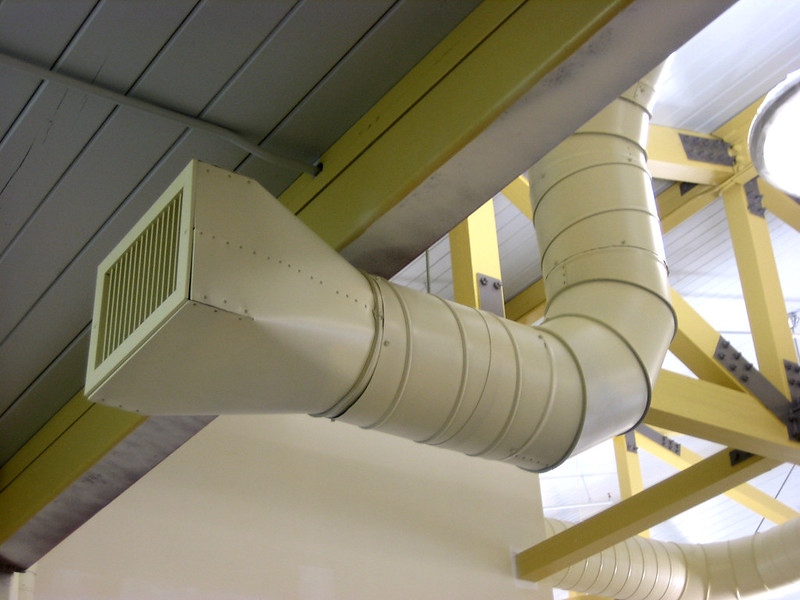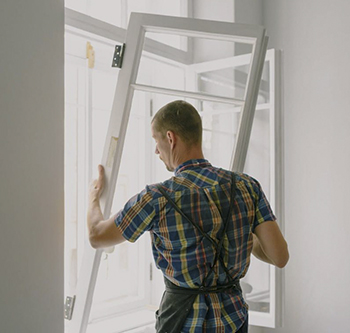COVID-19 and the US HVAC sector
Contents |
[edit] Introduction
According to a survey carried out by the American Institute of Architects (AIA), as an effect of COVID-19, construction activity is expected to fall in 2020 and this will likely continue in 2021. Construction activities related to hotels is predicted to fall by over 20% in 2020, by almost 8% in retail sector, by over 11% in offices, by nearly 7% in education and by 13% in the case of recreational/amusement establishments. In the current situation it is no surprise that construction activities in the public safety and healthcare facilities are expected to grow by almost 16% and over 2% respectively in 2020.
Verticals served by the HVAC&R sector have been hit at various levels of degree by the COVID-19 pandemic. Hotels, hospitality, restaurants and venues (such as live entertainment and sports) have been struggling due to concerns over contracting the virus even after they could reopen. It is also expected that consumers will shift their spending towards alternatives such as durable goods, which in turn can have a positive effect on housing in the future.
[edit] Supply chain activities
The global health crisis triggered by the COVID-19 pandemic has caused bottlenecks in the supply chain. As manufacturing plants closed or reduced operation and staff were put on furlough, it caused logistical challenges and disrupted distributor/contractor activities which largely reduced inventories and the ability to serve customers on time.
Nevertheless, a warm summer with above average temperatures sustained replacement demand and increased spending on home improvement. This was facilitated by the fact that people have been forced to spend more time indoors and they also had more time at their disposal to carry out DIY jobs around the house.
[edit] Construction activities
However, while replacement activity has been very intense, the virtual standstill of new residential construction eroded any growth to the overall market demand. As a result of these combined factors, the residential market is expected to moderately fall by the end of 2020. Market growth should resume in 2021, supported by low stock.
The light commercial market has been disrupted more severely, which affected demand. Business closures, crisis of the retail and hospitality industries, fall in demand for renovations of education facilities, postponement or cancellation of projects have curtailed market demand.
[edit] HVAC activities
The first six months of the year recorded only moderate fall in sales of variable refrigerant flow (VRF) as the market was still invoicing projects commencing in the pre-COVID period. However, in the second half of 2020 a larger fall in sales is expected.
By the end of the summer 2020 the impact of the economic crisis caused by the spread of COVID-19 had not yet fully translated into a sizeable decline in chiller sales. The heavy commercial market usually reacts with a time lag to economic downturns as projects have a longer timeline, especially in the case of high complexity systems. However, the general expectation is for a progressive decline of this market towards the end of 2020 and the downturn to possibly continue in 2021.
In the short term, the uncertainty generated by the volatile evolution of pandemic and the approaching US presidential election will very likely depress sales of all chiller types to most verticals except for healthcare, IT and data centres. In the longer term, providing that interest rates remain low and the pandemic is soon contained, the market could bounce back, although the bulk of the investments may shift significantly across verticals.
[edit] Redistribution of space and HVAC
The contingent measures of social distancing introduced with the spread of COVID-19 appear to have triggered structural changes in office space utilisation, as well as the retail, leisure and hospitality sectors. Therefore, it is likely that climate control requirements in these vertical will change significantly with a growing emphasis on indoor air quality (IAQ) and improved ventilation solutions.
Nevertheless, the focus of users on efficiency has not changed, and new refrigerants continue to be central in the product development of the suppliers albeit these are yet to reach the mainstream market.
This article originally appeared under the headline, "How does the COVID-19 pandemic impact on the US HVAC sector?" on the BSRIA website. It was published in September 2020.
--BSRIA
[edit] Related articles on Designing Buildings Wiki
- American architecture and construction.
- American Institute of Architects AIA.
- BSRIA articles on Designing Buildings Wiki.
- BSRIA study shows US industrial refrigeration market worth US$2bn.
- Coronavirus and the construction industry.
- Cooling systems for buildings.
- HVAC balancing.
- HVAC industry defines post COVID-19 changes.
- IAQ developments accelerated by COVID-19 pandemic.
- Indoor air quality.
- School reopening and indoor air quality in North America.
- US air conditioning market grew to exceed US$23bn in 2018.
- US among top 2020 global variable refrigerant flow markets.
- Variable refrigerant flow VRF.
- Ventilation.
Featured articles and news
Licensing construction in the UK
As the latest report and proposal to licence builders reaches Parliament.
Building Safety Alliance golden thread guidance
Extensive excel checklist of information with guidance document freely accessible.
Fair Payment Code and other payment initiatives
For fair and late payments, need to work together to add value.
Pre-planning delivery programmes and delay penalties
Proposed for housebuilders in government reform: Speeding Up Build Out.
High street health: converting a building for healthcare uses
The benefits of health centres acting as new anchor sites in the high street.
The Remarkable Pinwill Sisters: from ‘lady woodcarvers’ to professionals. Book review.
Skills gap and investment returns on apprenticeships
ECA welcomes new reports from JTL Training and The Electrotechnical Skills Partnership.
Committee report criticises UK retrofit schemes
CIOB responds to UK’s Energy Security and Net Zero Committee report.
Design and construction industry podcasts
Professional development, practice, the pandemic, platforms and podcasts. Have we missed anything?
C20 Society; Buildings at Risk List 2025
10 more buildings published with updates on the past decade of buildings featured.
Boiler Upgrade Scheme and certifications consultation
Summary of government consultation, closing 11 June 2025.
Deputy editor of AT, Tim Fraser, discusses the newly formed society with its current chair, Chris Halligan MCIAT.
Barratt Lo-E passivhaus standard homes planned enmasse
With an initial 728 Lo-E homes across two sites and many more planned for the future.
Government urged to uphold Warm Homes commitment
ECA and industry bodies write to Government concerning its 13.2 billion Warm Homes manifesto commitment.
From project managers to rising stars, sustainability pioneers and more.
Places of Worship in Britain and Ireland, 1929-1990. Book review.
























